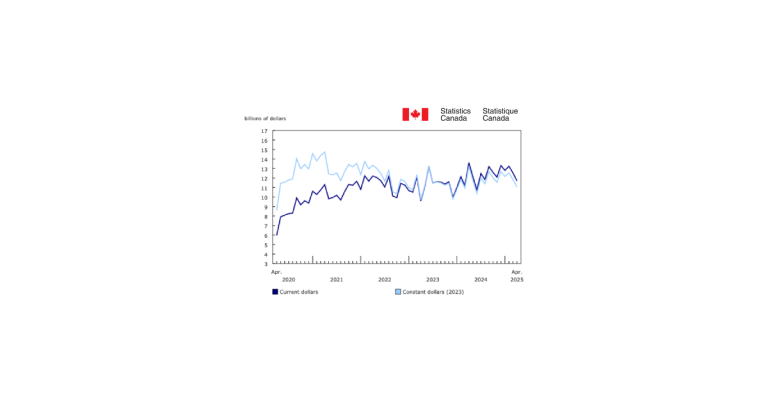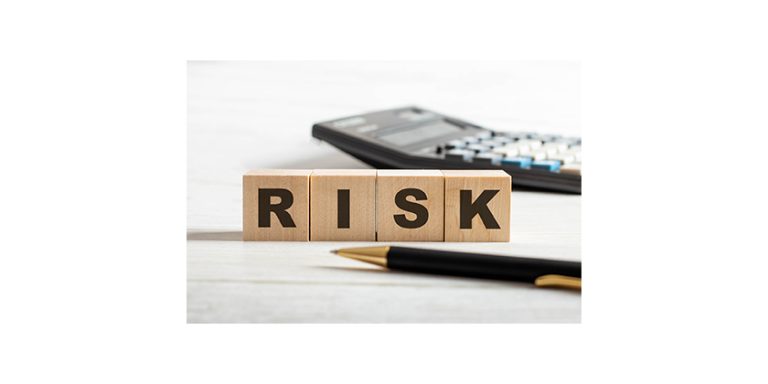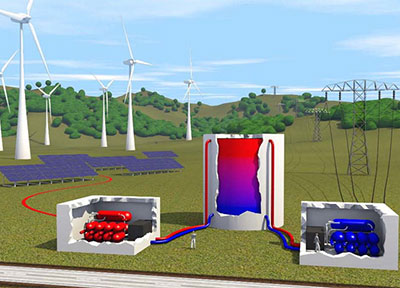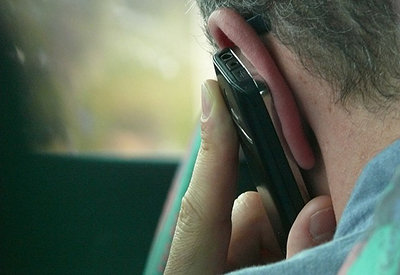Guide to the Canadian Electrical Code, Part I — Instalment 34

Mar 12, 2018
William (Bill) Burr
In this article: Section 68 — Pools, Tubs, and Spas. This discussion of Section 68 is based on the 24th Edition of the CEC, Part I, (C22.1-18),* now available from CSA Group.
Rule 68-000 notes that this is a supplementary or amendatory section of the code and applies to the electrical installation of pools, electrical equipment associated with pools and metal accessories in or within 3 m of a pool, and includes permanently installed and storable swimming pools, hydromassage bathtubs, spas and hot tubs, wading pools, baptismal pools, decorative pools, and splash pads.
Section 68 is divided into 5 parts: General, Permanently Installed Swimming Pools, Storable Swimming Pools, Hydromassage Bathtubs, and Spas and Hot Tubs.
General
The general requirement rules 68-050 to 68-070 apply to the installation of all equipment included under this section.
Rule 68-050 contains definitions of several special terms used in this section: decorative pool, dry-niche luminaire, forming shell, hydromassage bathtub, leakage current collector, permanently installed swimming pool, spa or hot tub, splash pad, storable swimming pool, and wet-niche luminaire. Thorough knowledge of these definitions is necessary to follow the correct rules for each type of device.
Rule 68-052 prohibits a pool being located under or near overhead wiring and provides requirements for or prohibits the installation of electrical wiring in
- pool walls or water
- overhead or near the pool including:
- elevated or adjacent associated diving, slide, swing, observation stand, tower, or platform surfaces, or
- above the adjacent area extending 5 meters horizontally from the pool edge.
Exceptions are made for
- insulated communication and antenna distribution conductors
- neutral supported cables not exceeding 750 V, provided there is a clearance of 5 m
- conductors operating up to 50 kV, provided there is a clearance of 7.5 meters (Appendix B has a diagram illustrating these clearances)
Rule 68-056 provides minimum horizontal separations, as per Table 61, of underground conductors and cables, except for bonding conductors or class A GFCI protected electrical equipment supply conductors.
Rule 68-058 establishes requirements for an equipotential bonding plane for the metal parts of a pool and associated metal parts of non-electrical equipment and non-current carrying metal parts of electrical equipment with a copper bonding conductor that is
- a minimum No.6 AWG for permanently installed pools, or as per Table 16 for all other pools
- bonded at a minimum of four connection points around the perimeter of pool reinforcing steel (for non-conductive encapsulated steel, alternate means of eliminating voltage gradients must be made)
- bonded to at least one location for continuous bolted or welded together metal panel pools
- a separate bonding conductor from metal sheaths and raceways, run from the panel board to a junction box with a minimum No.6 AWG or installed and mechanically protected in the same manner as the circuit conductors
Rule 68-060 provides requirements for the installation of junction and deck boxes and specifies that they
- may be submerged in decorative pools, provided they are marked for that usage
- may be installed on the supply side of conduits extending to forming shells, if specifically marked for the purpose
- have provisions for independently terminating three bonding conductors inside the box with the external No. 6 AWG that is run to the panelboard
- contain only conductors used exclusively to supply the underwater equipment
- provide continuity between every metal conduit and bonding terminal with a copper, brass or similar corrosion-resistant metal integral with the box
- be installed above the normal water level of the pool, above the finished level of the pool deck, so that it is not an obstacle, and so that water drains away from the box
- conduit are water-tight with packing seals around cord entries to prevent water penetration
Rule 68-062 requires that transformers and enclosures
- be located a minimum of 3 m from the inside wall of a pool or separated by a fence, wall, or other permanent barrier, preventing accessibility to persons in the pool area
- have any metal shield between the primary and secondary windings of a transformer bonded to ground
- for audio isolation transformers, be
- connected between the audio output terminals of each amplifier and any loudspeaker, located within 3 m of the pool wall
- located in or adjacent to the amplifier, with which they are used
- have an audio output voltage of not more than 75 V rms
Rule 68-064 requires that receptacles be
- located more than 1.5 m from the inside walls of a pool
- protected with a Class A type GFCI if located between 1.5 and 3 meters from a pool (measured by the shortest path of a power cord without piercing a floor, wall, or ceiling)
Rule 68-066 specifies that
- wet-niche or submersible luminaires
- be mounted in forming shells, except within a decorative pool, with provision for a suitable connection to the wiring used
- be submersed in the pool water at a depth of not more than 600 mm, unless specifically marked for submersion at a greater depth
- operate with the supply voltage of not more than 150 volts
- dry-niche luminaires are installed so that the supply voltage is not more than 300v (starting or operating), and that they are accessible from a walkway, service tunnel outside the pool or a closed, drained recess in the pool, for maintenance
- metal parts of luminaires in contact with the pool water be brass or other corrosion-resistant material
- luminaires, including standards or supports, installed below, or within 3 m of, the pool surface or walls, must be protected by a Class A type GFCI unless separated from the pool by a fence, wall, or other permanent barrier
- forming shells be metal and have provision for a threaded connection to a rigid metal conduit, unless operating at less than 30 volts
Rule 68-068 requires that ground fault circuit interrupters
- be installed to protect
- electrical equipment placed in the water in the pool
- spas and hot tubs
- audio amplifiers connected to loudspeakers in the pool water
- electrical equipment located within 3 m of the inside of the pool, unless suitably separated by a fence, wall or permanent barrier
- receptacles located in wet areas associated with the pool such as locker and change rooms
- be permanently connected
- be applied to a feeder, a branch circuit, or an individual device
- have a warning sign, located beside the circuit switch, advising that it is protected by a GFCI, that should be tested regularly
- be installed
- in a location that will facilitate testing
- at least 3 meters from the water in a pool, spa or hot tub, and at least 1.5 meters from a hydromassage tub, unless protected by a Class A GFCI which is an integral part of a factory-built spa, hot tub, or hydromassage bathtub
- behind a barrier that prevents an occupant from contacting the GFCI
Where a Class A type GFCI is not available because of the rating of the equipment, an alternate ground fault protection device may be used providing it will clear a ground fault within the time and current values specified for a Class A type GFCI, and all the above requirements will apply.
Rule 68-070 requires that
- loudspeakers installed beneath the pool surface be connected to isolating transformers by ungrounded wiring, mounted in a recess in the wall or floor of the pool, and enclosed by a separate, rigid, corrosion-resistant metal screen
- communication jacks not be installed within 3 m of the inside walls of the pool
- communication equipment be separated from the pool area by a fence, wall, or other permanent barrier, or permanently fixed on the wall if within 3 m of the inside walls of the pool, be located at least 1.5 meters from the walls of the pool, and located so that it can’t be used from the pool, unless actuated by a cord with an insulating link
Permanently installed swimming pools
Rule 68-100 provides that for permanently installed swimming pools:
- the wiring method between the junction boxes referred to in Rule 68-060 and the forming shell of luminaires, installed below the pool surface, be rigid copper conduit or other corrosion-resistant metal or rigid PVC conduit, and flexible cord for use in wet locations and supplied as a part of the luminaire, or as specified in Section 12
- conductors on the load side of each Class A GFCI be kept independent of other wiring not protected, and not enter a luminaire, raceway, box, or cabinet occupied by other wiring, except for panelboards that house the GFCI
- conduits in the walls and deck of a swimming pool be installed so drainage is provided
Storable swimming pools
Rule 68-200 requires that electrical equipment associated with storable swimming pools not be installed in the pool water or on the pool wall unless marked for the purpose.
Rule 68-202 requires that pumps for storable swimming pools be specifically marked for the purpose and be supplied from a permanently installed receptacle located more than 1.5 meters but not less than 7.5 m from the pool wall; and be protected by a Class A GFCI if located within 3 m of the inside walls of the pool, except where separated from the pool area by a fence, wall, or other permanent barrier.
Hydromassage bathtubs
Rules 68-302 to 68-308 apply to the installation of permanently connected and cord-connected hydromassage bathtubs.
Rule 68-302 requires that electrical equipment that is an integral part of a hydromassage bathtub be protected by a Class A type GFCI.
Rule 68-304 requires that a hydromassage bathtub be controlled by an on-off device located behind a barrier or located at least 1 m horizontally from the wall of the hydromassage bathtub, unless it is an integral part of a factory-built hydromassage bathtub.
Rule 68-306 addresses requirements for receptacles where a cord connected hydromassage bathtub may have one or more power supply cords:
- each cord and attachment plug must be
- connected to a receptacle that is supplied by at least one branch circuit supplying only receptacles dedicated to the hydromassage bathtub
- located at least 300 mm from the floor
- inaccessible to the occupant of the hydromassage bathtub
- where more than one receptacle is required for the cord-connected hydromassage bathtub, they must be in close proximity and each receptacle must be protected by a Class A type GFCI, unless the hydromassage bathtub has an integral GFCI
- a warning label must be affixed to the above specified receptacles warning against the connection of any equipment not associated with the hydromassage bathtub
Rule 68-308 requires that other electric equipment, not directly associated with a hydromassage bathtub comply with other rules of the code governing installation of equipment in bathrooms.
Spas and hot tubs
Rules 68-402 to 68-408 apply to the installation of spas and hot tubs.
Rule 68-402 requires the metal parts of spas and hot tubs, except rings or bands securing staves of wooden hot tubs, be bonded together and to ground as per rule 68-058.
Rule 68-404 provides requirements for installation of controls and other electrical equipment for a spa or hot tub:
- controls must be located at least 1 meter horizontally from the tub or hot tub unless located behind a barrier, or unless they are an integral part of a factory-built spa
- receptacles and luminaires must be installed in accordance with rules 68-064 and 68-066, respectively
- for a spa or hot tub installed at other than a dwelling unit, an emergency shut-off switch is required that disconnects the water circulating pump
- is independent of the other controls
- is located at a point readily accessible to users, and within sight of and not more than 15 meters away
- is conspicuously and legibly identified as the emergency shut -off switch with a permanent label, and activates an audible, visual trouble-signal device giving an immediate warning
Rule 68-406 requires that leakage current collectors consisting of corrosion-resistant metal tubing with at least 5 times the diameter in length with a corrosion-resistant lug must be
- installed in all water inlets and outlets of a field assembled spa or hot tub, or a device providing equal protection as an integral part of a spa or hot tub factory built for field assembly
- electrically insulated from the spa or hot tub and bonded to the control panel or the main service ground with a minimum No. 6 AWG copper bonding conductor, or, as per Table 16 if mechanically protected the same as the circuit conductors
Note that if the only electrical component is a pump marked as an insulated wet end pump, leakage current collectors are not required.
Rule 68-408 requires that field-assembled spas and hot tubs must be installed in accordance with rules 68-402 to 68-406 with individual electrical components such as pumps, heaters and blowers specifically marked for use with spas or hot tubs and a means to prevent water from contacting live parts.
In the next installment, we will be discussing Section 70 — Electrical requirements for factory-built relocatable structures and non-relocatable structures
* The source for this series of articles is the Canadian Electrical Code, Part I, published by CSA.
**Note the CEC Handbook is also published by CSA.
William (Bill) Burr is the former Chair of the Canadian Advisory Council on Electrical Safety (CACES), former Director of Electrical and Elevator Safety for the Province of BC, and former Director of Electrical and Gas Standards Development and former Director of Conformity Assessment at CSA Group. Bill can be reached at Burr and Associates Consulting; billburr@gmail.com










![Guide to the Canadian Electrical Code, Part 1[i] – A Road Map: Section 52 — Diagnostic imaging installations](https://electricalindustry.ca/wp-content/uploads/2022/11/Guide-CE-Code-2.png)






